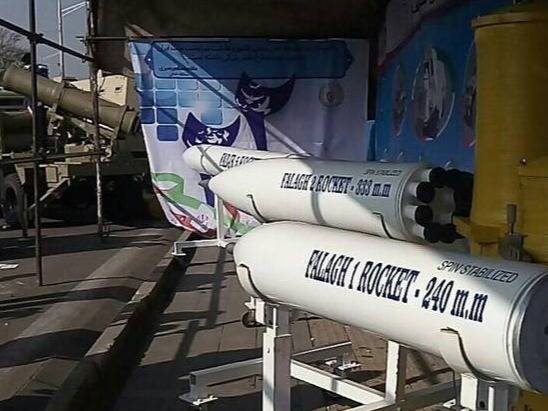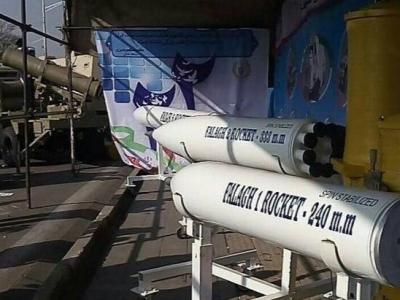Hezbollah announced yesterday, Saturday, that it launched "Falq 2" missiles in an operation conducted against the Israeli army, while media reports indicated that the group used this type of missile for the first time. Hezbollah stated in a statement that "in support of our steadfast Palestinian people in the Gaza Strip and in solidarity with their valiant and honorable resistance, and in response to the enemy's attacks on the steadfast southern villages and safe homes, as well as the recent attack on the towns of Markaba and Aitaroun, the fighters of the Islamic Resistance bombarded on Saturday, June 8, 2024, the command center of the Plain Brigade at the Beit Hallel barracks using Falq 2 missiles." Previously, the group had launched the "Falq 1" missile in prior attacks.
What are the characteristics of these missiles? In recent years, the Iranian Tasnim news agency reported that Iranian defense industries succeeded in producing large fire support missiles, including "Falq 1" and "2" missiles, which also have the capability to strike naval targets and provide land-sea support. Tasnim mentioned that Iranian defense industries designed and produced artillery units and missile launchers with significant fire support capabilities to provide backup for ground operations. According to Tasnim, these units have the potential to significantly increase the volume of fire support, as well as provide the ability to continuously and intensively target enemy positions from long distances, which is a fundamental need for ground forces. In addition to being launched from ground-based platforms, these missiles can be used to strike maritime targets, qualifying them as land-sea fire support missiles.




